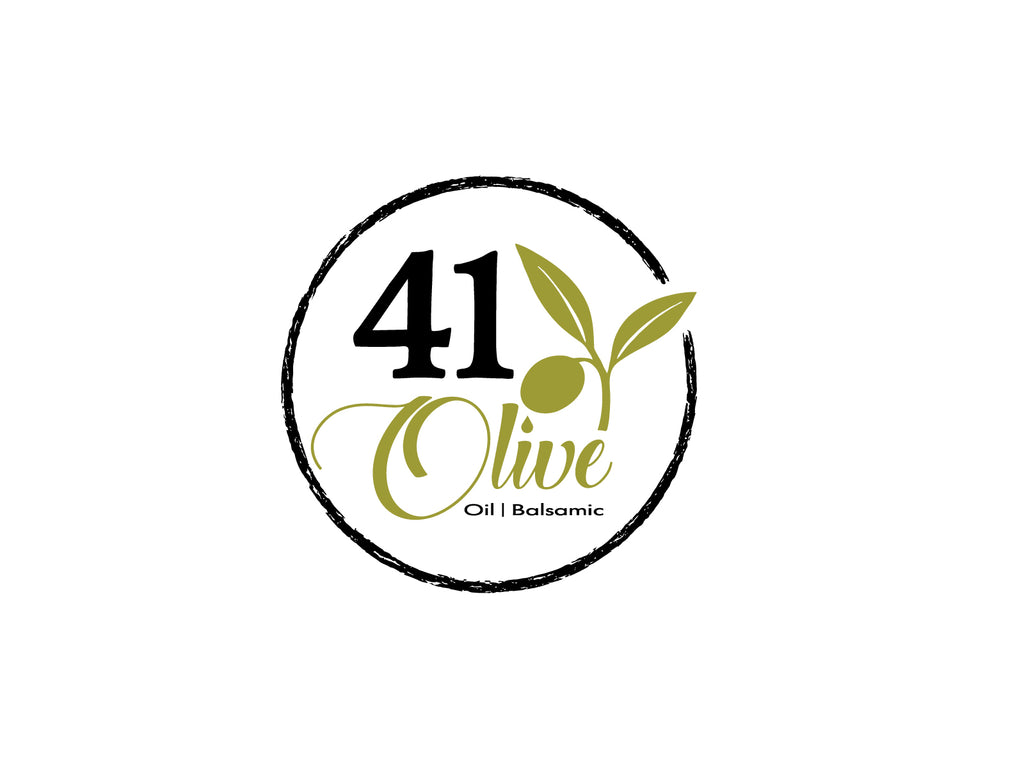Can I Use Olive Oil for High-Heat Cooking? A Guide to Understanding Smoke Points and Best Practices
Olive oil is a staple in many kitchens, and for good reason. It’s healthy, versatile, and delicious. However, one question that comes up frequently is whether or not it’s safe to use for high-heat cooking, such as frying or sautéing. In this blog, we’ll explore the smoke point of olive oil and best practices for using it in high-heat cooking.
What is Smoke Point?
The smoke point of oil refers to the temperature at which it starts to break down and smoke. This can create an unpleasant flavor and potentially harmful compounds. When oils are heated beyond their smoke points, they can release free radicals and other harmful substances, which can be detrimental to health. Therefore, it’s important to choose an oil with a high enough smoke point for your cooking needs.
Smoke Point of Olive Oil
Extra-virgin olive oil has a relatively low smoke point of around 375°F (191°C). This makes it suitable for low-heat cooking methods such as sautéing, roasting, and baking. However, it’s not recommended for high-heat cooking methods such as frying, as the oil can smoke and break down quickly. Refined olive oil has a higher smoke point of around 465°F (240°C), making it a better option for high-heat cooking.
Best Practices for Using Olive Oil in High-Heat Cooking
If you want to use olive oil for high-heat cooking, there are a few best practices to keep in mind:
-
Choose the right type of olive oil: As mentioned above, refined olive oil has a higher smoke point than extra-virgin olive oil, making it a better choice for high-heat cooking.
-
Use a thermometer: Using a thermometer can help you keep track of the temperature of your oil and prevent it from overheating.
-
Don’t overheat the oil: To prevent the oil from smoking and breaking down, it’s important to heat it slowly and not let it get too hot. You can test the temperature by adding a small piece of food to the oil – if it sizzles immediately, it’s probably too hot.
-
Use a pan with a thick bottom: Using a pan with a thick bottom can help distribute the heat evenly and prevent hot spots.
-
Don’t reuse the oil: Reusing oil that has been heated to high temperatures can release harmful compounds and increase the risk of health problems.
-
Consider other oils: While olive oil can be used for high-heat cooking, there are other oils with higher smoke points that may be more suitable, such as avocado oil or peanut oil.
In Conclusion
While olive oil is a healthy and versatile oil, it’s important to choose the right type and use it correctly when it comes to high-heat cooking. By following these best practices, you can enjoy the benefits of olive oil while minimizing the risks. Remember to choose refined olive oil for high-heat cooking, use a thermometer to monitor the temperature, and avoid overheating the oil.
